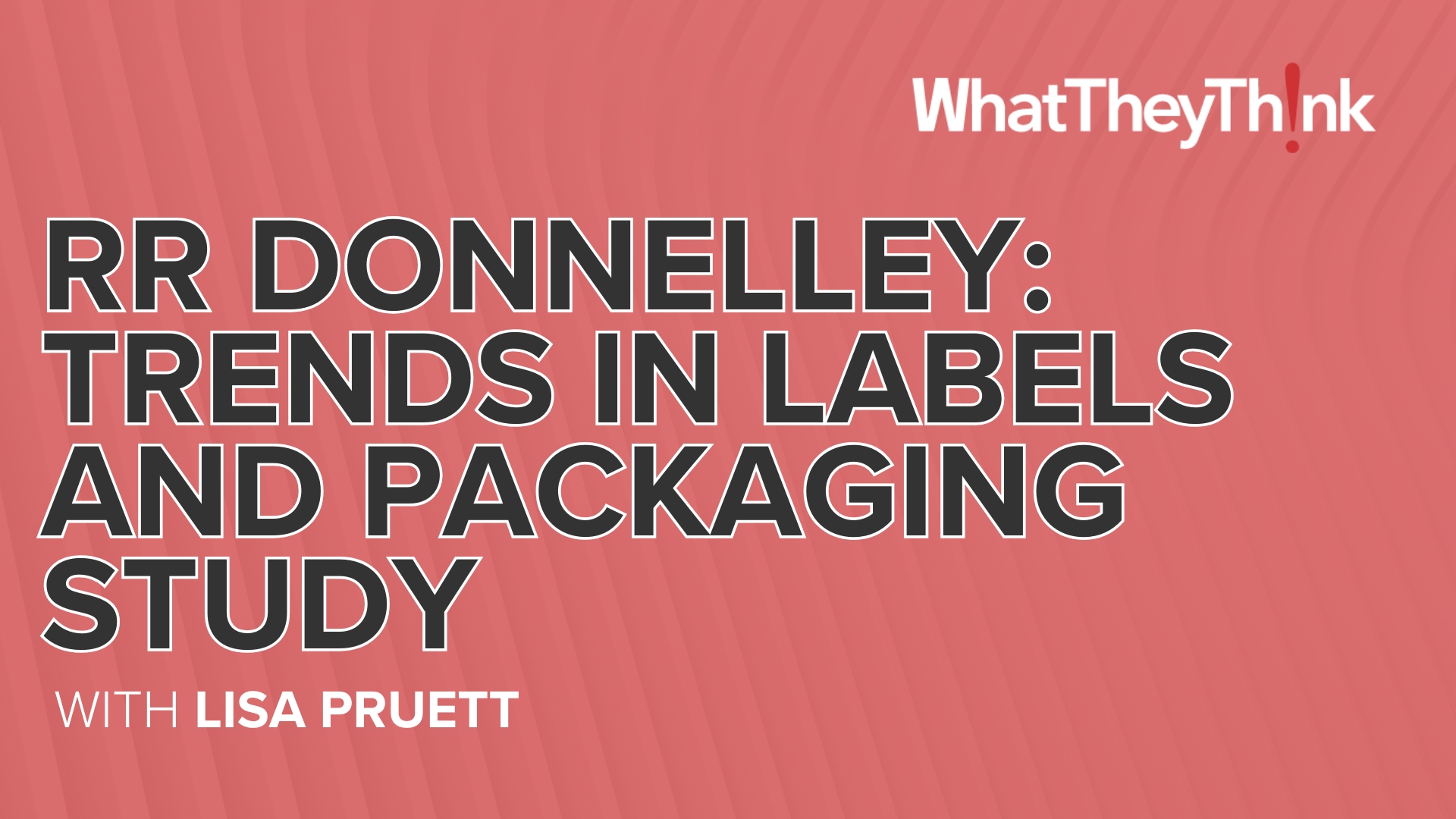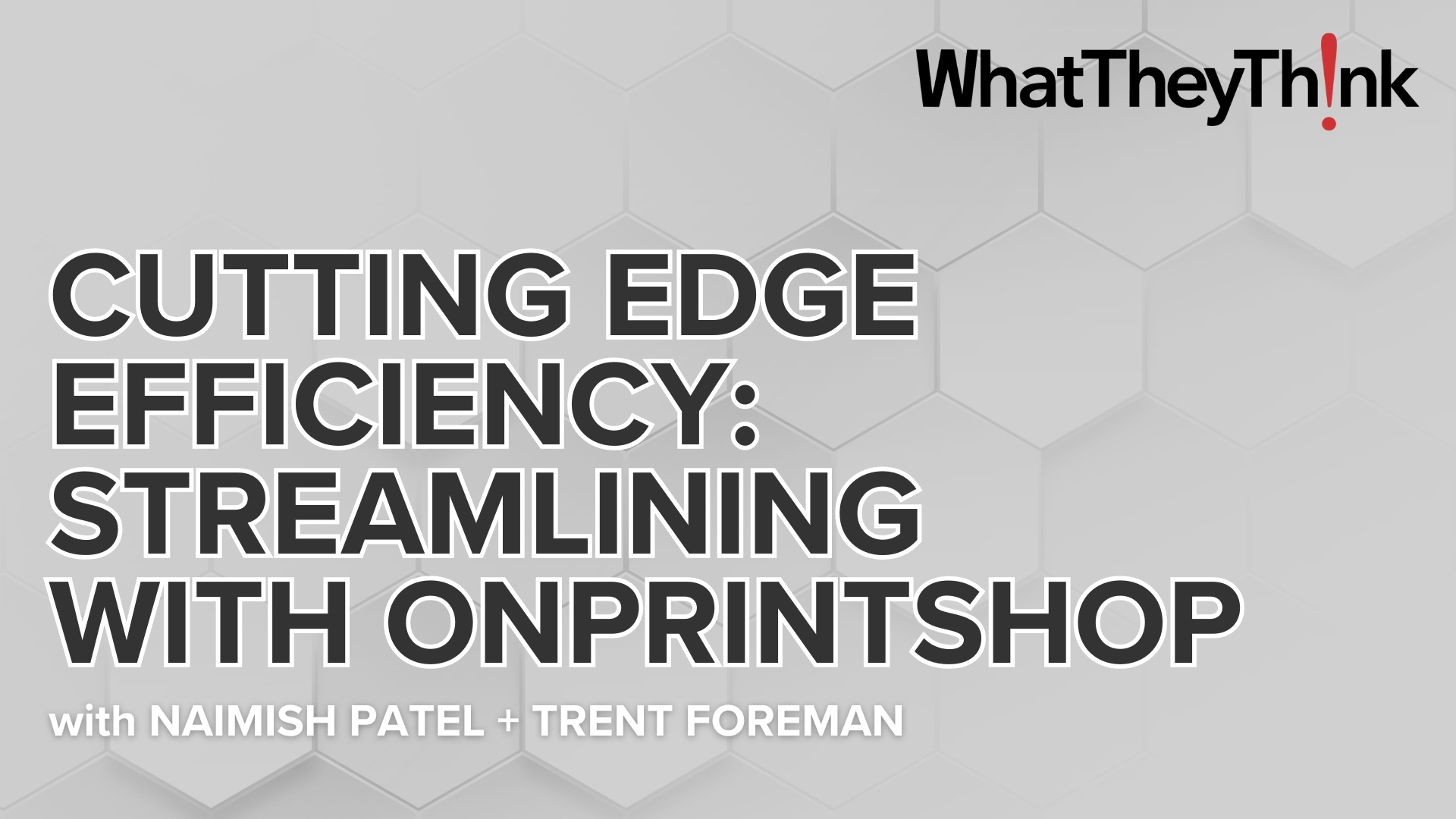The Power of Value Chain Creation
Press release from the issuing company
Monica Battistella, Sustainability Manager at Ti Group, shares her analysis of EPR and its key role in supporting a circular economy for flexible packaging materials.
Consensus suggests that flexible packaging is the last great recycling challenge. That’s probably because it makes up around 25% of all UK consumer packaging, with only 8% recycled. Despite its many benefits, recycling flexible plastic after use often proves challenging, particularly when it comes to doing so in a commercially viable way.
When we meet Monica Battistella, Sustainability Manager at Ti Group, at Packaging Innovations & Empack, she proudly articulates the benefits of the compelling portfolio she helped create.
While the lion's share of her time and focus goes on developing a suite of products that better meet the market's expectations, especially regarding sustainability and recyclability, even she admits the current landscape represents a complex and fragmented situation requiring significant decoding.
"The key is knowing how to leverage, trigger, and push the creation of the infrastructure for collection, sorting and recycling, and EPR has an essential role here," said Battistella. "Looking at the countries where the system is working, is a good and quick way to learn how to deal with it; countries showing excellence, are usually supported by adequate EPR systems and have very high collection rates as well as high recycling rates. This is crucial to extract full value from the waste material. The recycling industry is investing a lot and knows how to deal with it."
EPR schemes are well-positioned to enable and coordinate a circular economy for flexible packaging, and Battistella believes creating the right conditions to allow all parts of the value chain to make the changes necessary to go circular will ultimately dictate the commercial viability of this approach.
Whether it's EPR front runners looking to fine-tune their latest developments in sorting and recycling or someone looking to set up and optimise systems based on best practices, learning from others and tailoring to the current realities will be key.
"We're looking at what is happening in the UK with great interest," she added. "The state's role continues to be a key area of focus, as we have examples of PROs where the state is delegating to private organisations with delegates from industry that are supporting the implementation of the right system and have a very good dialogue with municipalities and the private sector, particularly in organising the collection and sorting phases.
"But there are other countries where the state is on the front line, having ownership of the whole system, and one of the things which is most worrying is that, in such cases, EPR may be perceived as just an additional tax instead of being used to generate investment in the system of collection, sorting and recycling.
"It's quite a broad and big scenario, and choosing the best solution based on the country's specificity is essential."
According to Battistella, all efforts should be made to capture materials, recycle and use them in a wide range of sustainable end markets. However, as ambitious plans around collect-back targets sweep the globe, EPR schemes must align with other legislative drivers of packaging waste collection, sorting, and recycling.
"We have seen a dramatic change in the last few years, starting in 2018 when only few recyclers were willing to have any flexible soft film back because it was considered low value with a lack of outlets,” she said. “But now, the discussion has become much broader, and investments have been made by the industry and the brands alike regarding the collection of soft plastic waste. Pleasingly, we have seen translation into other investments like recycling plants, chemical recycling plants, and other new technologies to treat this type of waste better and guarantee that the final result in the outlet can also be available for high-value applications."
reLIFE™, Taghleef's latest sustainability-centered line of products, serves many applications and meets traditional performance standards while saving limited fossil resources. reLIFE™ products, engineered with recycled polymers, enable brands to fulfil a shared commitment of driving towards a more circular economy.
This is just one example of Taghleef's Dynamic Cycle™ approach to promoting a more circular economy by offering pioneering alternatives to traditional structures and/or substrates without sacrificing quality or performance. Whether working with Ti to reDESIGN™ more sustainable flexible packaging solutions customised to meet customers’ specific requirements or their active commitment to CEFLEX initiatives, where they help provide insights and proof to support EPR schemes in processing flexible packaging, Battistella insists everything starts with designing for recycling.
She continued: "We have supported CEFLEX in this proof-of-concept activity since 2019 when, for the very first time we tested mechanically recycled PP back into film applications, creating pouches and bottle labels. We believe in the opportunity to reuse valuable materials and to develop new secondary raw materials. We hope that the system and eco-modulation will support this so that the old system moves towards design for recycling.
"This is especially important for the big brands with a global footprint who would benefit from having economically viable global solutions. Then, we should consider global pledges where businesses go into the market and have specific targets for CO2 reduction, recyclability, or the use of recycled material, which means that each country and region needs to contribute to the final result. Leading by example is very important: they can show that a better packaging design can translate into valuable secondary raw material. So, we need to have in mind the end-of-life of our packaging when we develop it, from the very beginning."
Through creating obligations and implementing workable Extended Producer Responsibility (EPR) policies, producers are accountable for the entire journey of their products, from cradle to grave. The ultimate aim is to encourage design for recyclability and provide a timely injection of finance into collection systems, ensuring responsible end-of-life management.
"I think there's a bias towards flexible packaging because of many reasons. In fact, very often it is printed or laminated to deliver the right combination of features to provide the required barrier and performance level. It can be a combination of different materials and polymers. On the top, it’s light. So we may have a combination of complicated materials of low weight which requires the same effort, or more, when compared to other rigid plastic solutions. In recent years, however, we've proven it's possible to design flexible packaging with recyclability in mind.
"On top of that, what flexible packaging can guarantee is reducing the amount of material you use. It is possible to move from complicated and multi-material structures to PP-based solutions while achieving the same level of performance from the packaging and on converting line. Furthermore, if you think of the ratio of flexible packaging vs product, there’s a benefit that is reflected in your carbon footprint when you move goods around.
"Packaging is not onlu about wrapping the product itself, but it's about what is happening to that product through the value chain. It's about all the stakeholders who need to ensure that that product is delivered from the producer to the retailer, to the point of sale to your home, and then back and collected. And be safe. And perform. It's a holistic approach.
"Brands are really engaged; they want to make the change and do the right thing. What they ask for is just support and advice. Because they are not experts in substrates. They do not produce plastic films, and they need the advice of the industry with that deep knowledge."
The required change will likely need a complete mindset change. More and more people are moving away from the view that flexibles are a challenging material with little perceived value, and the increased effort by the industry is a testament to this. If policy deliberations can be catalysed, particularly in the UK, and foster a more value-led approach to innovation around recycling, the dial on a more sustainable future for flexible packaging will move more notably.
- Questions to ask about inkjet for corrugated packaging
- Can Chinese OEMs challenge Western manufacturers?
- The #1 Question When Selling Inkjet
- Integrator perspective on Konica Minolta printheads
- Surfing the Waves of Inkjet
- Kyocera Nixka talks inkjet integration trends
- B2B Customer Tours
- Keeping Inkjet Tickled Pink
© 2024 WhatTheyThink. All Rights Reserved.














